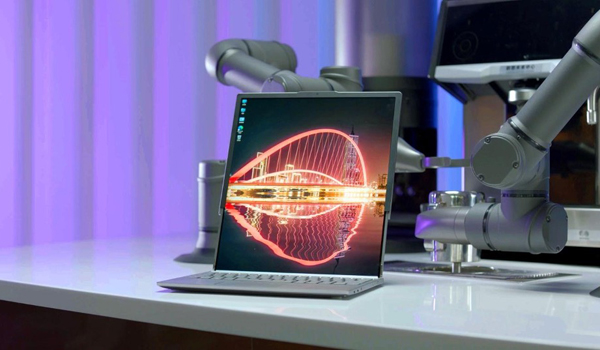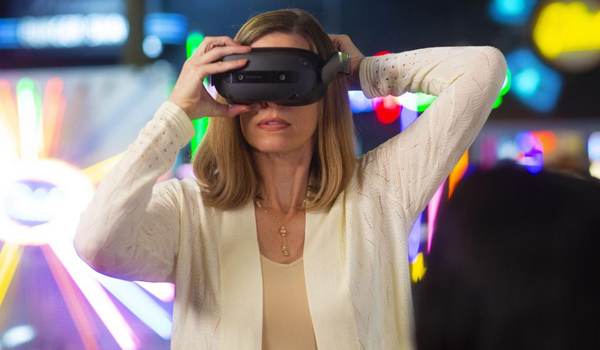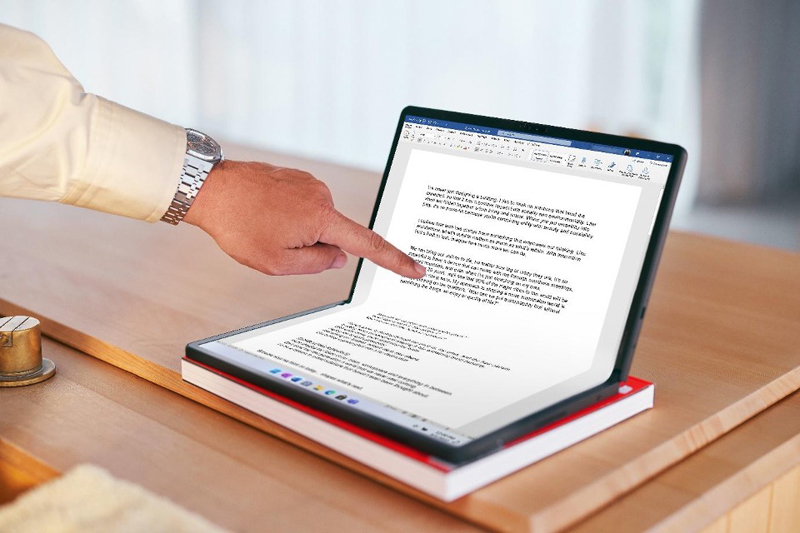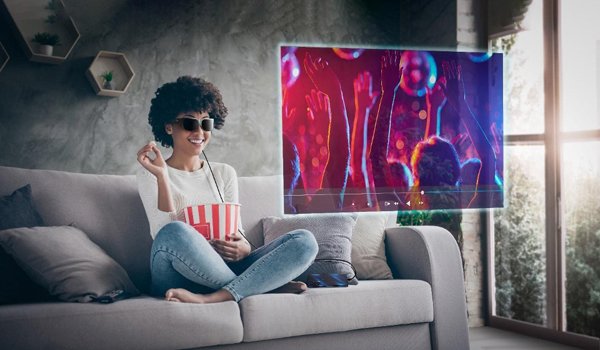Michael Ngan, Country General Manager of Lenovo Philippines, shares his insight into what technologies will become mainstream in 2023 and beyond.
Smarter, more integrated technology has transformed our daily lives, and we are seeing tremendous change as the use of artificial intelligence and edge computing expands rapidly, bringing power and efficiency to countless industries and activities. Now that a new year has begun, what surprises are in store for us in our ever-changing relationship with technology?
Below, we look at some of the technologies that are emerging. These innovations are set to change our world even more in the near future.
- ‘Holographic’ technology will deliver to remote workers the best of two worlds
In our new hybrid workplace, technology will step up to create meetings where ‘holographic’ attendees feel almost as real as those present in person. Technologies that can bring teams together, even if they are working across multiple continents, will become increasingly important in the future’s hybrid, remote, and increasingly global workplaces.
Augmented and mixed reality will provide a new way for organizations to make an impact during presentations, product launches, or meetings with other organizations, with life-size ‘holograms’ who can interact with virtual objects (for example, to show off a new prototype or to explore a ‘digital twin’ of a real-world object).
Lenovo’s concept Cyber Space technology demonstrates how this ‘phygital’ (physical and digital) approach might work, with a special coated glass that is semi-transparent and semi-reflective, allowing people behind it to physically interact with life-sized objects.
- Shape-changing devices will mold to the way we live, work and play
In an age of multitasking and devices designed to shoot and edit videos, stream content, play games, and do everything else, screen size remains valuable. In the future, phones in our pockets may be much smaller – reversing a long-seen trend in smartphones – but ‘extend’ or ‘unfold’ to become larger when we need to use them. With the press of a button, an unassuming, familiar device can be transformed into a productivity machine.
This year, Lenovo also showed off a proof-of-concept Rollable PC, which features a 15.3-inch screen for increased productivity (for example, offering additional screen space for coders). The screen expands on command thanks to motors inside the laptop, allowing workers to increase productivity and flexibility with the touch of a button.

And for those who need portability, privacy, and extended screen space, don’t be surprised if you see more people “wearing” their screens.
- The metaverse will change the way we work
The metaverse is going to edge closer to reality – but it won’t be about cartoon avatars and games. Instead, metaverse technology will be driven by the world of work, not just play.

Solutions like Lenovo’s ThinkReality VRX headset are hitting the market to allow workers to collaborate in virtual reality while also enabling rapid, cost-effective training programs.
Lenovo believes that the future of the metaverse is collaborative and truly open, with easy sharing of ideas and technology, rather than being restricted inside ‘walled gardens’ controlled by a single company.
- Shops will get smarter
Artificial intelligence will increasingly shape the world around us – and accelerate daily activities such as shopping.
In the near future, AI servers may analyze multiple video feeds from cameras in store aisles to detect large quantities of items being removed at the same time, as well as monitor deliveries to the store to ensure that inventory remains high. This will allow stores to keep track of goods more efficiently, adjust to supply and demand more quickly, improve profit margins, and ensure customers get what they paid for.
When customers ‘click and buy,’ AI cameras will keep a close eye on them to ensure they get what they ordered, removing an inconvenient aspect of the modern, self-checkout shopping experience.
- Multi-access edge computing (MEC) will power smart cities
In the future, intelligent cameras will manage traffic in smart cities, reducing pollution, congestion, and road accidents, while edge computing servers will enable everything from holographic teaching to augmented reality shopping.
Why edge computing? Using multi-access edge computing (MEC), requests are processed within the smart city itself rather than having to travel to a distant data center, allowing queries to be answered in milliseconds. Edge computing could even assist cities in meeting pollution targets by controlling traffic lights so that cars drive more efficiently in the future.
- Hybrid work will enable new technologies
This shift is already underway, according to a Lenovo survey of 500 CTOs, with 43% saying their company’s technology architecture has been ‘improved,’ and elements like smart devices (76%) and smart internet-of-things (70%) gaining importance in the last year.
Businesses will shift to a more fluid model in which a third party will provide the entire office experience as well as related solutions and services. Lenovo now provides a managed employee experience in which businesses can rent a workplace solution rather than just hardware or software, such as IT infrastructure and support, performance analytics, and cloud and data infrastructure services.
Our relationship with technology has forever changed — the way we live, work, play and learn has been turned upside down. With that said, Lenovo is committed to enabling this transformation through our human-centric solutions, which lead to smarter work and better results.
Learn more about Lenovo’s view of how smarter technology is powering a changing world here.
Liked this post? Follow SwirlingOverCoffee on Facebook, YouTube, and Instagram.



